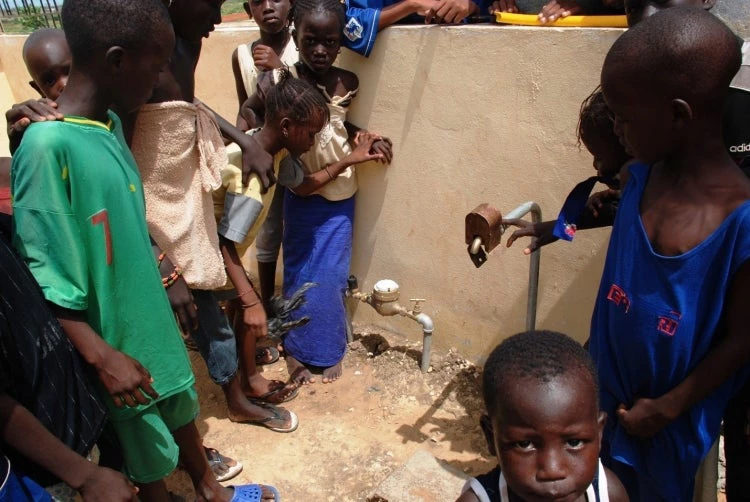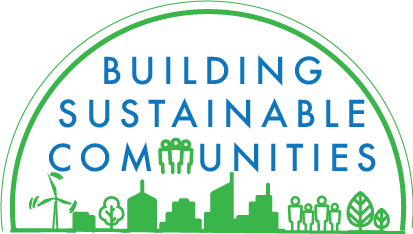
but they don’t use it. (Photo: Sumila Gulyani / World Bank)
Amina and her family had recently moved to their new house on the outskirts of Dakar, Senegal. It was built by the government to relocate families from low-lying and flood-prone neighborhoods in the city. The house was small for her extended family of ten, but it was water that she worried about. I was puzzled. Usually people complain that water connection costs are too high, but she received that connection for free—the meter and tap were right there in her front yard. Why did she worry?
“We locked the tap. The water bills are too high. We can’t use this water…,” she said.
It was 2008 and Amina was not alone. Research in poorer neighborhoods of Dakar found scores of households who had benefitted from the subsidized water connections policy in Dakar but did not rely on this supply. It was too expensive. Rather, they often relied on community water taps and “wells”—even though they knew that this water was not usually safe for drinking. When used for bathing, it sometimes caused skin eruptions.
For us, these findings put a dampener on the government’s success in rolling out subsidized water connections and reaching an otherwise enviable water connection rate of 84% in poor neighborhoods.
Amina’s story brings home a simple fact: it is not sufficient to have a service in your house, your yard, or your street. The service needs to work and you should be able to use it. If you can’t afford it or if features—such as design, location, or quality—prevent its use, you are not benefiting from that service. Yet, from national censuses to household surveys, most data tend to record only nominal access, that is, whether or not a household is connected to a service.
Measuring effective access
To correct this gap, we propose the concept of “effective access” and distinguish it from “nominal access.” We start with relatively standard indicators of nominal access—those that show whether or not a service exists. Then we modify the indicator to incorporate whether the service works and is used.
We tested this concept as part of a specially commissioned survey of 14,200 households, conducted in 2012-2013, in 15 cities in Kenya.
We asked: “Are you (really) being served?”
We used the following indicators from the survey to define whether or not a household had effective access to key infrastructure:
- Electricity connection and used as primary source for lighting
- Piped water connection in the home or yard and used as primary source
- Private toilet or one shared with less than 20 people
- Organized garbage collection and trash is collected at least weekly
- Street lights exist and they work most of the time
- Public sewer, or septic tank or soak pit that is emptied when full
- Access road is surfaced and in good condition (at least) during the dry season.

Our results?
- First, these Kenyan cities fall far short of delivering universal access to basic infrastructure. But some sectors do better than others. The polygon shows, for instance, that effective access rates are highest for electricity (75%) and lowest for street lights (32%). In Kenyan cities, then, the houses have light but the streets are dark.
- Second, the polygon reveals that for most services there is a large gap—4-19 percentage points—between nominal and effective access, and effort is required to close the gap.
Similarly, for water, we found a 17 percentage-point gap between effective and nominal access. 74% of households had a piped water tap—private or shared—in their home or yard. But only 57% said that it worked and was their primary water source. So, 17% of households “appeared” to have access but were not being adequately served. These households continue to use potentially unsafe water sources. Here, a next step would be to find out exactly why these households are not relying on piped water and see what tailored interventions might be needed.
This research shows that there can be a big difference between being connected and being served. It is crucial to both measure the gap and find ways to close it.
We would welcome your thoughts on this framework. Is it useful? Would you suggest different indicators for measuring effective access?



Join the Conversation